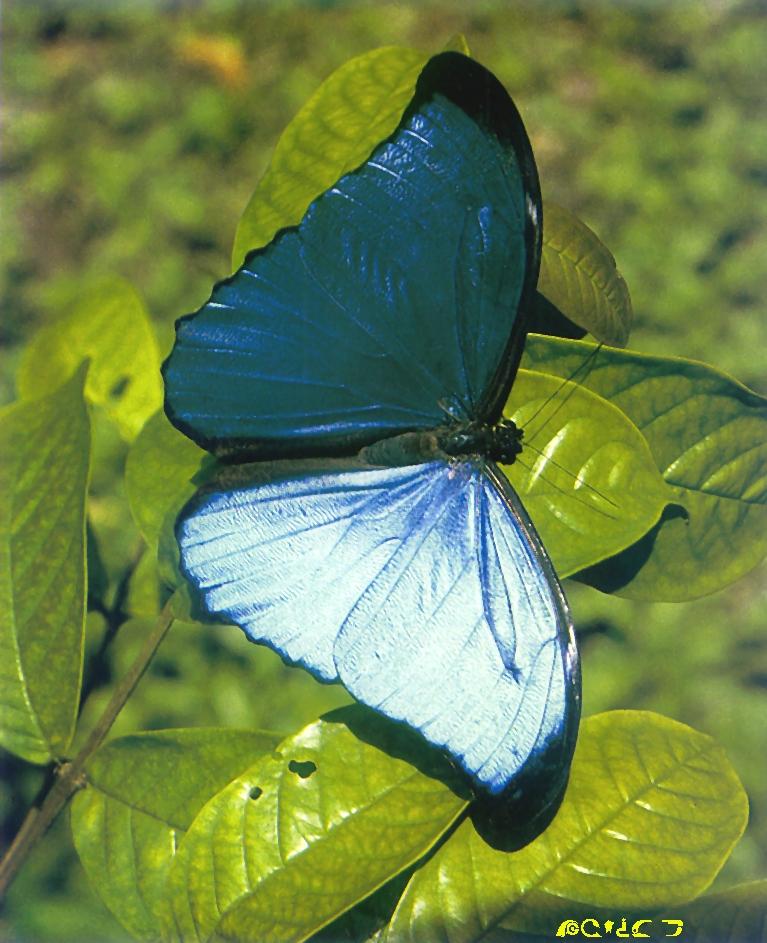|
| Query: Blue butterfly | Result: 183rd of 262 | |
Morpho Butterfly
| Subject: | Morpho Butterfly
| |

| Resolution: 767x943
File Size: 96538 Bytes
Upload Date: 2007:08:14 16:32:46
|
From: curlyq@uq.net.au (Curly Q)
Newsgroups: alt.binaries.pictures.animals
Subject: New Scans__No Captive Animals__98% JPG - Morpho Butterfly.jpg (1/2)
Date: Thu, 11 Feb 1999 05:11:40 GMT |
^o^
Animal Pictures Archive for smart phones
^o^
|
|